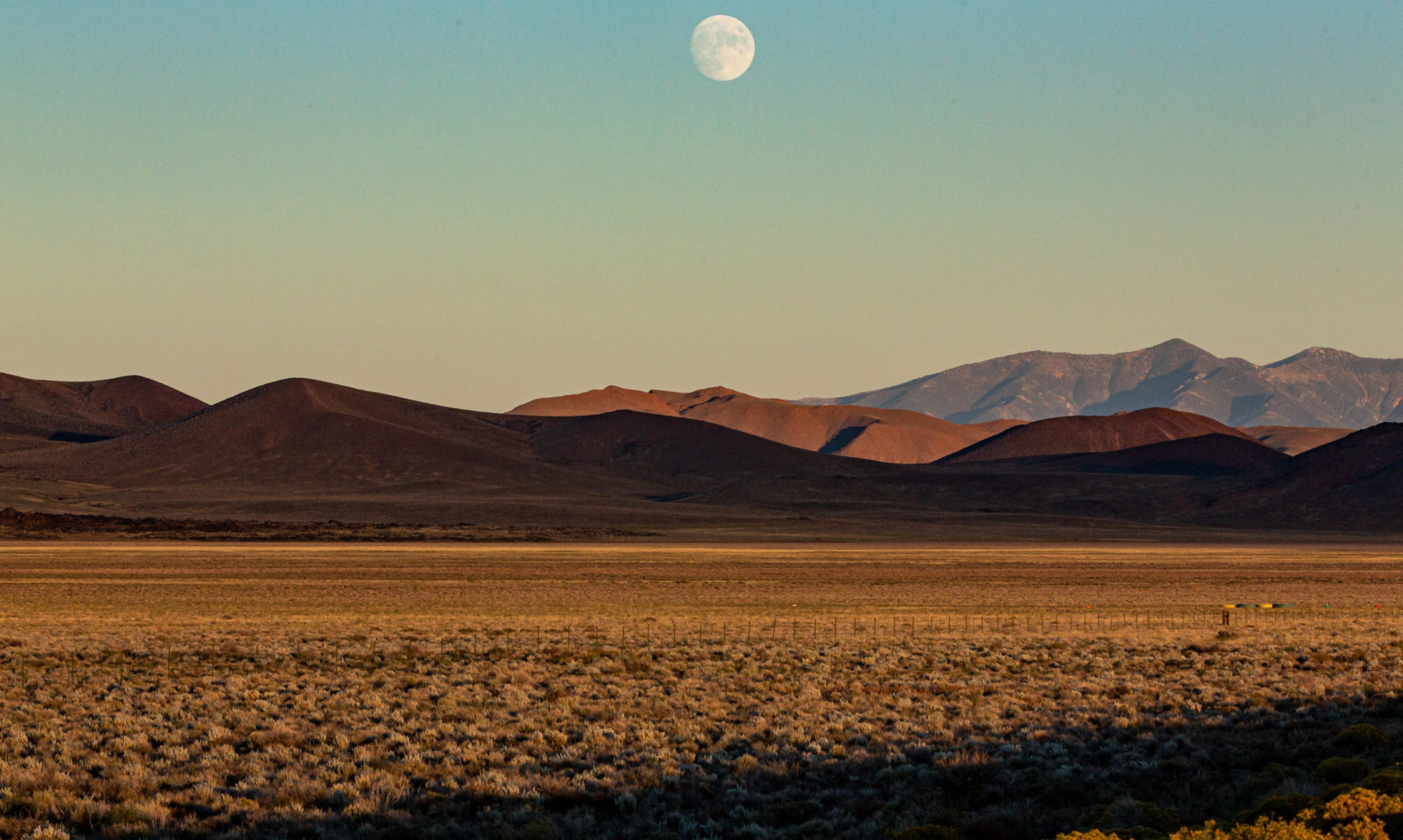Flying back from Paris on Saturday, our Air France 747 crossed southern Greenland. It’s one of the places I’d love to visit — to see the site of the medieval Norse settlements, if nothing else. The sight of the place makes a strong impression: A good 15 minutes, or more than 125 miles, before we got to the southeastern coast, individual icebergs appeared in the blue North Atlantic below. Then more and more appeared, as did their source: the glaciers snaking down from the island’s highland ice sheets to the bays on the Atlantic. We saw the glaciers calving dozens, hundreds, thousands of icebergs; icebergs that in some cases were the size of big Midwestern farms. The temptation in the time of “An Inconvenient Truth” is to see the masses of ice floating south as evidence of What We’re Doing to the Planet. The facts are much more complex: The glaciers have always calved icebergs in volumes that would amaze the first-time beholder; there’s likely a difference now from 1912, say, when one particularly famous iceberg trundled out to sea, but it’s not visible from a single pass in an airliner. Still, we can be reasonably certain that though the differences in the ice’s behavior might be subtle on a discreet level — this is what I saw on one day — they likely represent something profound about planetary climate.
Prompted partly by curiosity and partly by one person’s stark and dire summary of what’s happening around us today and our responsibility for it, I decided to calculate the carbon footprint of our August trip. I’m trying to account just for the big stuff — 4,000 miles of driving in an SUV that averaged 22 or 23 miles per gallon and three long plane trips. I’m not counting any of the electricity we consumed along the way or the cost of transporting the Pringles we bought from the Pringles works to the Rockies.
A calculator available on a site affiliated with “An Inconvenient Truth” suggests that the national average of carbon dioxide emissions per person in the United States is 7.5 tons (another site, CarbonCounter.org, comes up with a significantly higher number, 21.2 tons; other estimates, when they’re stated in a straightforward way, fall between these numbers ). Based on running our numbers for the trip, I come up with an estimate of 3.65 (from the “AIT” site) to 6.65 tons just for the 25 days of our travels. One surprise, to me, is the high figure for air travel, which the various calculators estimate at 2 to 11 tons of carbon dioxide for the flights we took (two long trips — five and six hours — and one extended one, 11 hours).
A lot of these calculators invite you to enter into a contract of some kind, ranging from “I’ll stop throwing away aluminum cans” to making cash payments, to lessen or offset your carbon impact. I even found a site, JunkScience.com, that has an alternative calculator that shows what a pitifully small impact your offset payment will make (the site’s subtext: global warming just ain’t that big a deal, you saps).
Bottom line, whether I can do anything to lessen the impact or not: We spewed out more than our share of CO2 during our little jaunt.
Technorati Tags: global warming, climate change

Good thing you bailed, Dan. You’re too good a writer to have died as a long-distance cyclist.